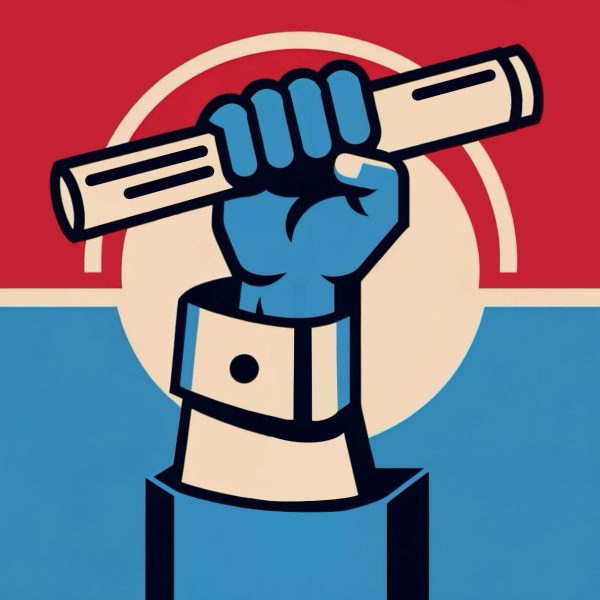CWRU 2019 Spring Semester Report Card
April 26, 2019
Security and Communication
A-
With far greater transparency and significantly shortened response times, security at Case Western Reserve University has taken student feedback to heart this semester. Response times have changed dramatically from the almost hour-long waits students faced in the fall semester. Only 11 minutes separated the notification of shots fired sent to students during the most recent emergency and the all clear notification. CWRU Alerts have also increased in frequency, especially since email alerts also match text alerts rather than simply summarizing the emergency event after the fact.
In terms of late-night transportation, Safe Rides have added lights to their cars to increase visibility and decrease the likelihood of injury. The KSL Express shuttle is now fully functional, running from 5:15 p.m. until 3:00 a.m., offering students a safer alternative to walking home from across campus at night. This, combined with the extended Safe Ride hours of service, makes for a safer campus overall as students have more options for staying safe after dark.
Referendums
C+
With the Intercollegiate Club Athletics Board referendum capturing campus attention over issues of reallocating funding, this election cycle has brought up the issue of voter education in students. Prior to election day, the referendum had only been mentioned once in passing in an email newsletter sent by the Undergraduate Student Government. No significant information was widely released and the only information students had access to was information passed down through the student organizations they took part in. As of print time, the information provided to students is still limited. Students have access to the proposed changes in funding, represented as percentages of the student activities fund, in the ballot casting screen, as well as in a recent email sent out by a representative of club sports on campus.
In all, the referendum has remained confusing at best, with conflict arising between students in different organizations over the limited information circulating about the referendum and the potential changes in funding student organizations face. In the future, such significant changes should be accompanied by impartial, complete information about any given proposal. Without an educated electorate, referendums like this one cannot be passed fairly.
Elections
B+
Only around 23 percent of the undergraduate student body voted in campus elections last week. When such a small proportion of the campus population shows up at the polls, it is highly likely certain demographics will be overrepresented. Without a fully representative student government, it is impossible to adequately represent the student body.
Beyond voter turnout in the recent election, there were only a few individuals running for each position, sometimes leading to wins by default. Future elections should have increased engagement and participation from both the voters and the candidates.
Housing
B-
Early this semester, the need-based grant policy for students living off campus housing changed drastically. Students with need-based aid can recover up to $13,000 in housing grants because need-based aid for housing will now rely upon CWRU estimates for off campus cost of living. This comes as a relief to many students who currently live off campus or plan to in the future. As University Circle rents rise, this help is much needed.
Despite this change in grant policy, the housing lottery system remains problematic. The university has no reliable system to deal with students who fall through the lottery system’s cracks. Without an efficient method of re-housing the students who find themselves without a room for the next semester, the university is unprepared for an anticipated record-breaking freshman class and overcrowd university housing.
Additionally, students staying in dorms over the summer must pay for Summer Session and Spring and Fall Transitional Housing, which, all together, costs around $3,100. This cost is virtually the same as fall or spring housing, which contradicts the university’s claim that students can save money by staying on campus over the summer.
Although CWRU has improved its treatment of students living off campus, it must now turn its attention to students on campus and provide contingency plans for students who struggle to find housing with CWRU.
Campus Improvements
C+
Although the CWRU campus and health sciences program has been rejuvenated thanks to the new Health Education Campus near Cleveland Clinic, these changes have not been reflected in the other parts of campus and in academic programs.
For example, the Spartan Rehearsal Hall outside of Wade Commons is the culmination of many years of moving musical ensembles between a variety of rehearsal locations until settling groups such as the marching band in this less than ideal space. As CWRU often promotes its relation with the Cleveland Institute of Music, musical groups should be afforded a larger, more acoustically oriented space to practice.
The recent introductions of the Nord Greenway and the Health Education Campus represent a step towards an updated campus. With over 485,000 square feet of space, the Health Education Campus provides nursing and other medically oriented students a modern, technologically-equipped learning environment. CWRU should show a similar dedication to updating buildings used by its other academic programs.














